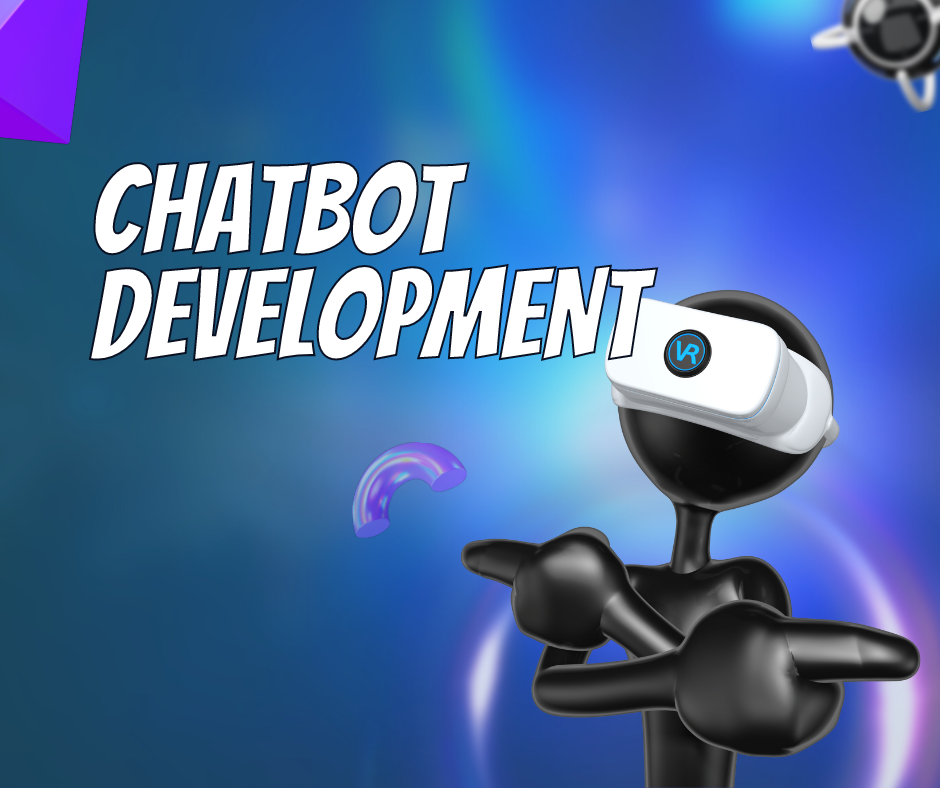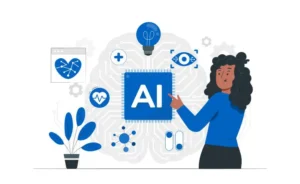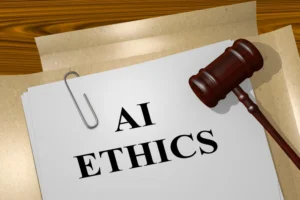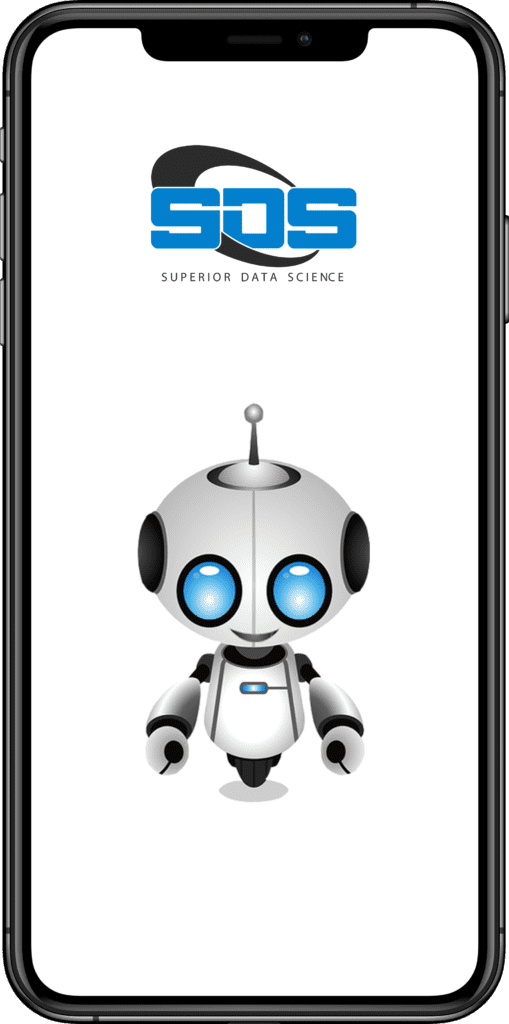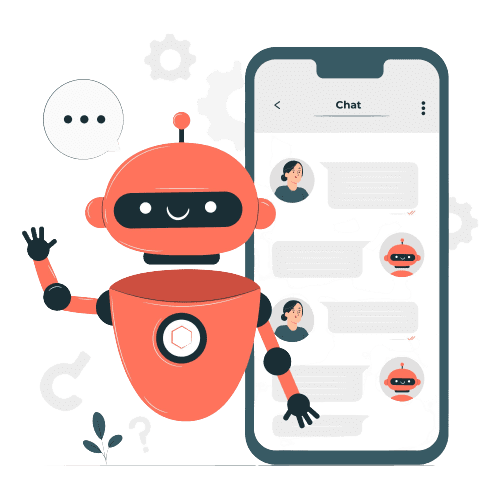In the rapidly evolving world of artificial intelligence (AI) and natural language processing (NLP), chatbots have become invaluable tools for businesses looking to enhance customer service, streamline operations, and engage with their audience. However, building an effective chatbot is not as simple as it may seem. One critical aspect of chatbot development is the understanding of data normalization for building a chatbot. In this blog, we will delve into the concept of data normalization and its significance in creating successful chatbot applications.
Data Normalization:
Understanding of data normalization for building a chatbot is a process that aims to standardize and organize data to make it consistent, efficient, and suitable for analysis or processing. In the context of building a chatbot, data normalization involves preparing and structuring the data that the chatbot uses to understand user inputs, generate responses, and perform tasks.
The Need for Data Normalization in Chatbots
1.Variability in User Inputs:
Chatbot development steps encounter a wide range of user inputs, which can be highly variable in terms of language, tone, and format. Data normalization helps in converting these diverse inputs into a standardized format, making it easier for the chatbot to process and respond effectively.
2.Consistency in Responses:
To provide a seamless user experience, building a chatbot requires delivering consistent responses. Data normalization ensures that the chatbot’s responses are uniform in style, tone, and accuracy, enhancing the overall user experience.
3.Training and Learning:
Chatbots rely on chatbot development steps and machine learning algorithms to improve their performance over time. Normalized data simplifies the training process by reducing noise and inconsistencies in the input data, allowing the chatbot to learn and adapt more efficiently.
Key Concepts of Data Normalization for Chatbots:
1.Tokenization:
Tokenization is the process of breaking down text into smaller units, such as words or phrases (tokens). It is a fundamental step in developing chatbot functionality for data normalization as it facilitates text analysis, understanding, and processing. Tokenization helps chatbots recognize words and their context within sentences.
2.Stopword Removal:
Stopwords are common words like “and,” “the,” or “in” that do not carry significant meaning in most contexts. Removing stopwords from user inputs and responses can reduce noise and help the chatbot focus on relevant information.
3.Lemmatization and Stemming:
Lemmatization and stemming are techniques used in chatbot development services to reduce words to their base or root form. This process ensures that variations of words are normalized to their canonical forms, improving the chatbot’s ability to understand and respond to similar but differently phrased queries.
4.Entity Recognition:
Entities are specific pieces of information within user inputs, such as dates, names, or locations, which play a significant role in chatbot development steps. Identifying and normalizing entities is crucial for chatbots that need to extract or manipulate this information, such as scheduling appointments or providing directions.
5.Sentiment Analysis:
Chatbot development steps involve understanding the sentiment behind user inputs, which can be essential for chatbots designed for customer service or feedback collection. Data normalization may involve sentiment analysis to assess user emotions accurately.
Best Practices for Data Normalization in Chatbots:
1.Preprocessing Pipeline:
Developing chatbot functionality involves creating a robust preprocessing pipeline that includes tokenization, stopword removal, lemmatization/stemming, and entity recognition. This pipeline should be applied to both user inputs and chatbot responses.
2.Regular Updates:
To ensure the success of your chatbot development steps, it’s essential to keep the data normalization process up to date. Language evolves, and new slang or terminology may emerge. Regularly update the normalization techniques and rules to adapt to changing linguistic patterns.
3.Domain-Specific Normalization:
Tailor your data normalization strategies to the specific domain or industry in which your chatbot development services operate. For instance, a healthcare chatbot may require specialized entity recognition for medical terms.
4.Test and Evaluate:
To develop chatbot functionality effectively, continuously test and evaluate the effectiveness of your data normalization techniques. Monitor how well your chatbot handles different types of inputs and adjust the normalization process accordingly.
5.User Feedback:
Incorporate user feedback into your data normalization process. User interactions can reveal areas where normalization improvements are needed, such as handling slang or regional variations.
Conclusion:
Chatbot development steps involve data normalization, which is a critical component of building successful chatbot applications. It enables chatbots to process diverse user inputs, deliver consistent responses, and improve their performance over time. By implementing the key concepts and best practices discussed in this blog, developers can create chatbots that offer a seamless and engaging user experience, ultimately achieving the goals of enhanced customer service and operational efficiency. As technology continues to advance, data normalization will remain a vital aspect of chatbot development, ensuring that these AI-powered assistants continue to evolve and meet user expectations.
